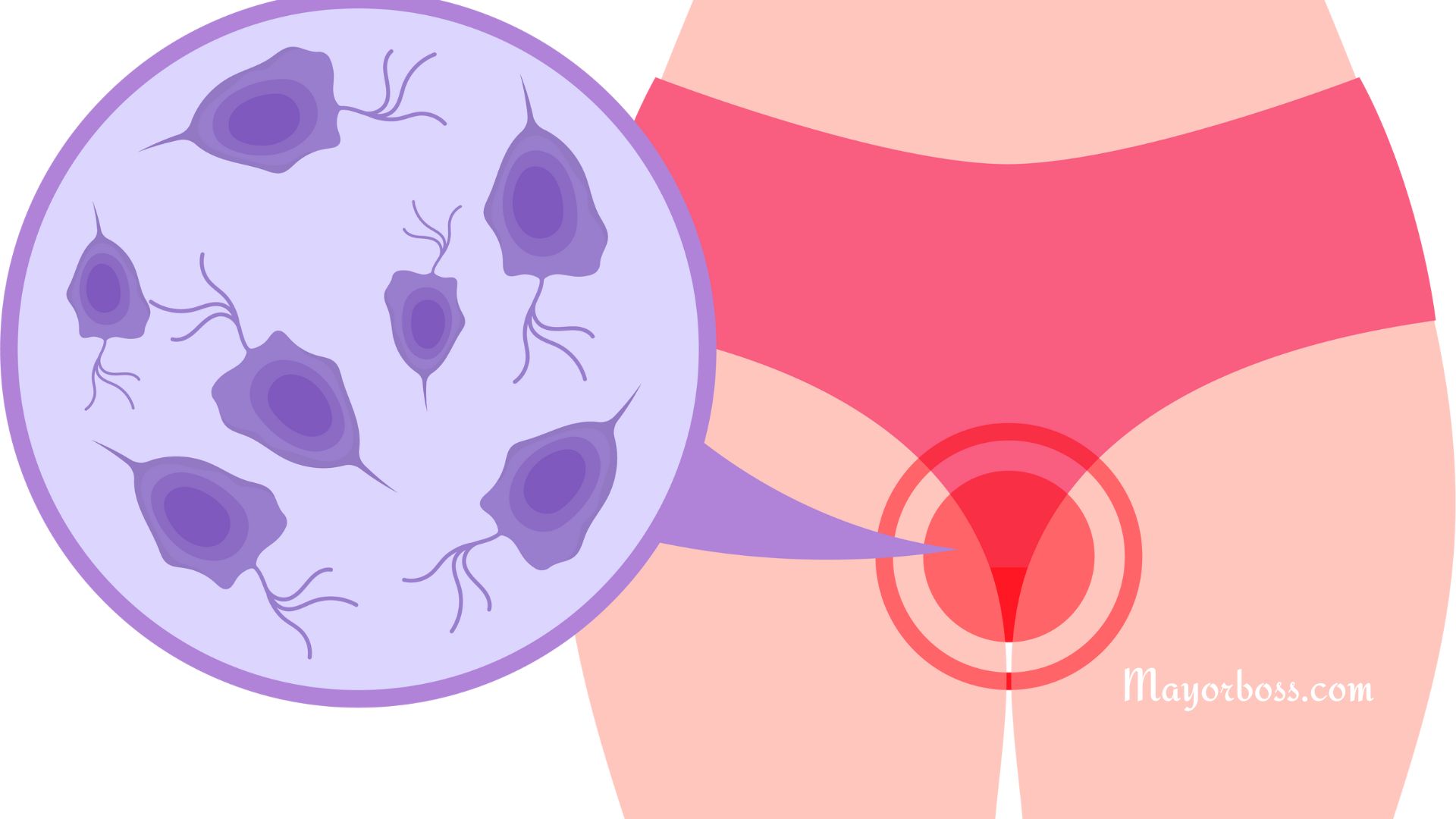Pasta Isn’t Unhealthy, You’re Eating It Wrong
When it comes to pasta, many people immediately think of it as a comfort food that’s off-limits if you’re watching your waistline. However, the truth is quite different. Pasta can actually be part of a healthy diet, but the benefit lies in how you prepare and serve it. So, before you banish those spaghetti strands and fusilli curls from your kitchen, let’s set the record straight. Pasta, when eaten correctly, can be a nutritious addition to your meals. Here are some expert tips on how to enjoy pasta the right way.

Understanding Pasta and Nutrition
Pasta is a type of carbohydrate, which is an essential nutrient that provides energy for your body. However, not all carbs are created equal. Whole grain pasta, for example, is a much better choice than its refined white counterpart. Whole grain pasta is rich in fiber, vitamins, and minerals. This means it can help you feel fuller longer, aid in digestion, and even help manage blood sugar levels.
Portion Control is Crucial
One of the biggest mistakes people make is overloading their plates with pasta. Proper portion control is crucial. A healthy serving size is about the same as one cup of cooked pasta, which is roughly the size of your fist. This might seem small, especially when compared to the heaping plates served in restaurants, but it’s a vital step towards enjoying pasta in a healthier way.
Balance Your Plate
Pasta should not be the only component of your meal. For a balanced diet, you should combine pasta with lean proteins, such as chicken, fish, or beans, and a generous serving of vegetables. This approach not only adds a variety of nutrients to your meal but also helps prevent overeating pasta. Think of pasta as a part of the meal, not the whole meal.
Choose Your Sauces Wisely
The sauce can make or break the healthiness of your pasta dish. Creamy sauces like Alfredo are high in calories and saturated fat. Instead, opt for tomato-based sauces, which are lower in calories and fat and can contribute to your daily vegetable intake. Adding vegetables to your sauce is another excellent way to boost its nutritional content.
Cooking Pasta Al Dente
Cooking pasta until it’s ‘al dente’—which means it’s still firm when bitten—not only gives it a better texture but can also be better for you. Pasta-cooked al dente generally has a lower glycemic index than pasta that’s cooked longer. This means it has a lesser effect on your blood sugar levels, making it a better option for managing energy levels and weight.
Don’t Forget About Fiber
If you’re looking for an even healthier option, consider pasta alternatives like those made from beans or lentils. These options are not only rich in protein but also high in fiber. They can be a great addition to your diet, especially if you’re looking to increase your fiber intake.
Frequently Asked Questions
1. Is pasta bad for weight loss?
No, pasta itself isn’t bad for weight loss. The key to including pasta in a weight loss plan is portion control, choosing whole grain options, and balancing it with proteins and vegetables.
2. Can I eat pasta if I’m diabetic?
Yes, people with diabetes can enjoy pasta. Opting for whole-grain pasta and cooking it al dente can help manage blood sugar levels. Balancing it with protein and vegetables is also beneficial.
3. How often can I eat pasta?
You can include pasta in your meals several times a week, provided it’s part of a balanced diet. Focus on portion sizes and accompany your pasta with healthy proteins and lots of vegetables.






